Durga Puja in Times Square brings festive colors to the city
When you’re a probashi (Probashi is a Bengali word for someone living abroad)—it means something else entirely to stumble upon familiar sounds and smells.
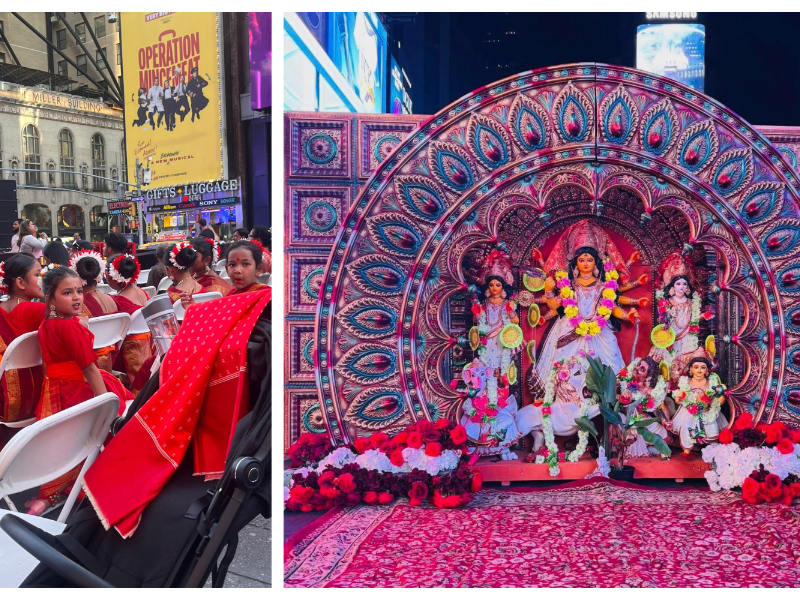 Durga Puja festivities in Times Square. / Pooja Sarkar
Durga Puja festivities in Times Square. / Pooja Sarkar
Last year, I finished watching Juliet’s Broadway matinee on my birthday and was walking toward the Times Square subway when I heard something impossible: the roll of a dhaak and a voice chanting “Ya Devi Sarvabhuteshu.” I froze. Then I followed the sound. It’s not every day the beat of Bengal’s drums echoes through the heart of New York.
A block later, there she was—Maa Durga, in all her glory—standing right between 45th and 46th on Broadway. The first-ever Durga Puja at Times Square.
When you’re a probashi (Probashi is a Bengali word for someone living abroad)—living oceans away from home, from your parents, your friends, your pujo—it means something else entirely to stumble upon familiar sounds and smells. People in silk sarees, someone handing out bhog prasad, laughter floating through the cold Manhattan air. Last year it felt as if Maa herself had come looking for her lost child. This year, I wanted to make sure I went looking for her—with all my heart—and bring my friends along, not just from India, but from my new home in New York.
This October, the Bengali Club USA celebrated its second Durga Puja at Times Square, with anjali, bhog, and cultural programs that ran across two days on 3rd and 4th.
On Saturday morning, I wore my grandmother’s Tashar silk saree—something I’ve worn every Mahaashtami since she passed away. In America, pujo tends to happen on weekends, but it didn’t matter that the rest of the world had already wrapped up bijoya greetings. We were just getting started.
It was one of those rare sunny October days—27 degrees, golden light pouring between skyscrapers. Maa Durga stood on an ekchala idol, all her children carved in a single frame. The heat reminded me of home: people towering over each other waiting for Anjali, pushing to grab a handful of flowers, praying to get one bel pata. Not much was different in New York. “Ektu phool din ekhane!”—give us some flowers!—still had its own fanbase.
In that familiar chaos, I spotted friends from Kolkata with their parents. Another friend, standing far away, was with her parents visiting from India. In that moment, New York didn’t feel so foreign anymore. A friend who’d recently moved to the city brought her little kids dressed in Indian attire, prancing around the pandal like it was their stage
The Anjali started late, as always, the microphone echoing Sanskrit chants across Times Square. Afterward, we queued for bhog—khichuri and labra ladled out on paper plates. Women draped in silk and benarasi, men in bright kurtas, kids tripping on their lehenga skirts—it was chaotic, yet colorful.
Later, we sat in a circle for adda, swapping news of friends back home and the inevitable question every probashi Bengali asks: “Tui kobe jabi India?” (When are you going to India?) As the sun dipped, the cultural performances began.
Children from a local dance group that operates in the Bronx and Queens performed a bunch of songs, including Uma Elo Re, wearing red sarees, alta on their feet, and white and red flowers in their hair—exactly the way we once did as kids in Bengal, pushed onto stage by overexcited parents. The nostalgia was thick enough to touch.
The night rolled on with performances by Indian and Bangladeshi artists, including Rituparna Sengupta from Kolkata. Dinesh Mojumder, a local realtor and president of Bengali Club USA, started this celebration in 2022 as a small puja in Queens. His dream is to make it inclusive and global—to bring Bengal’s biggest festival to the world’s biggest stage.
“This puja is for everyone,” he said. “We’ve been supported by people from Nepal, Bangladesh, India, China, and Mauritius—even Hindus from Pakistan came to offer prayers. It’s a celebration of our culture.”
This year, letters of appreciation arrived from Prime Minister Narendra Modi and Chief Minister Mamata Banerjee. Mojumder says more than 10,000-15,000 people visited the puja space this year, and he hopes Mr. Modi himself will do the grand opening next year.
But for me, the real moment came when I saw a man dressed as Batman—cape, mask, and all—fold his hands in namaskar before the goddess. He smiled, stood quietly by the fence, and for a second, I felt something shift.
That’s the thing about New York—it’s where cultures meet, merge, and make something new. Sometimes, Maa doesn’t wait for you to come home. She finds you right here, in the middle of Times Square.
A financial investigative journalist, Pooja Sarkar is a Cross-Border Data Investigative Fellow for 2024 at Columbia Journalism Investigations.
(The views and opinions expressed in this article are those of the author and do not necessarily reflect the official policy or position of New India Abroad)




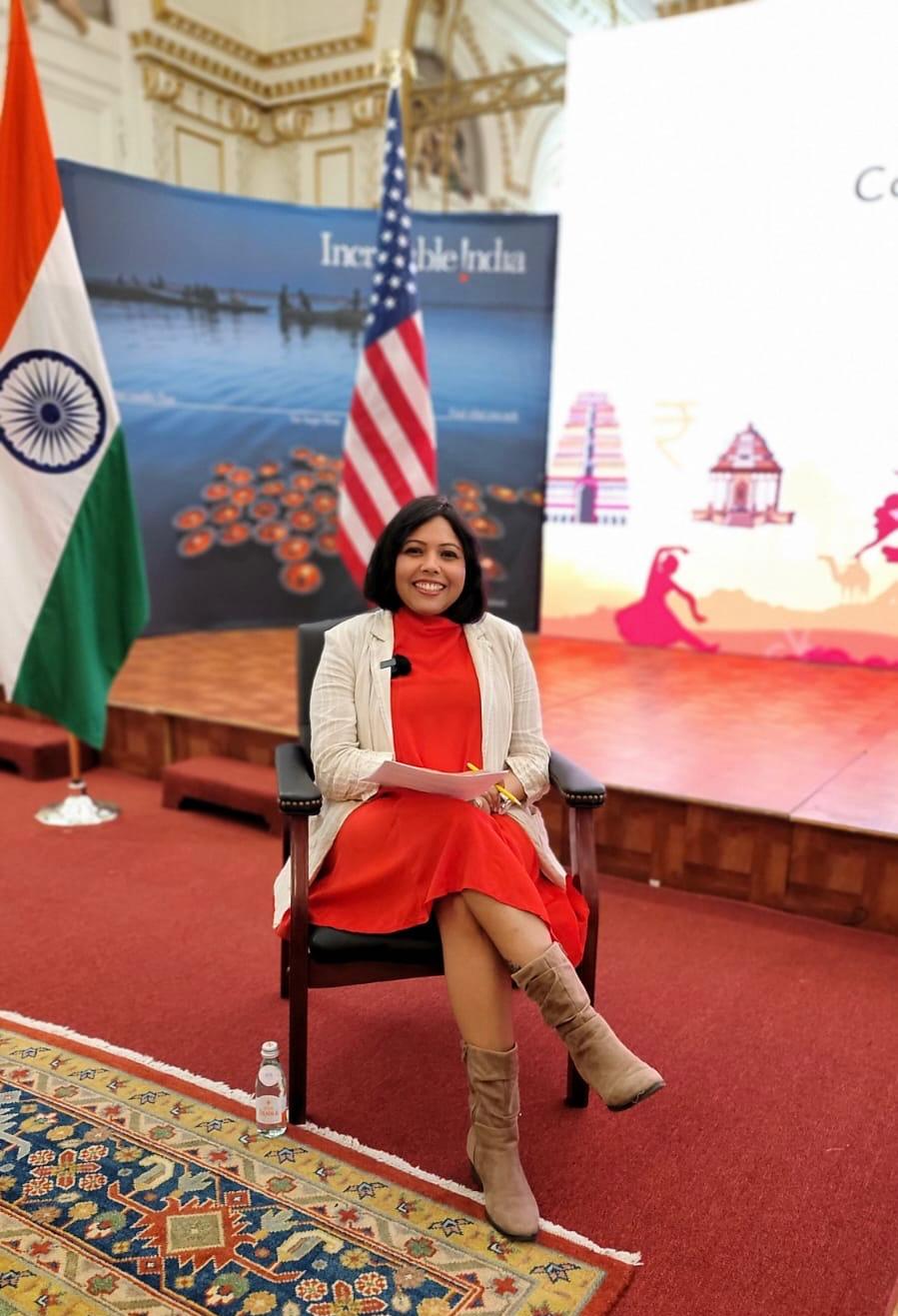 Pooja Sarkar
Pooja Sarkar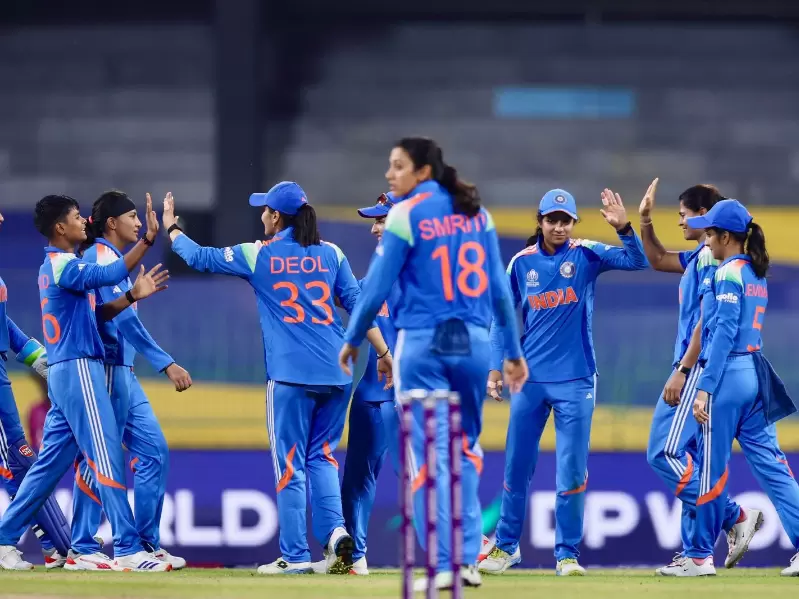
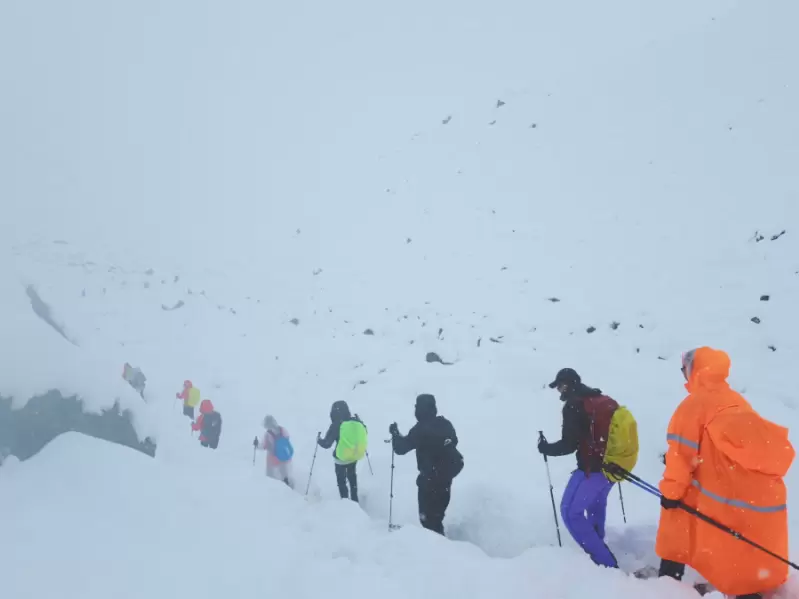
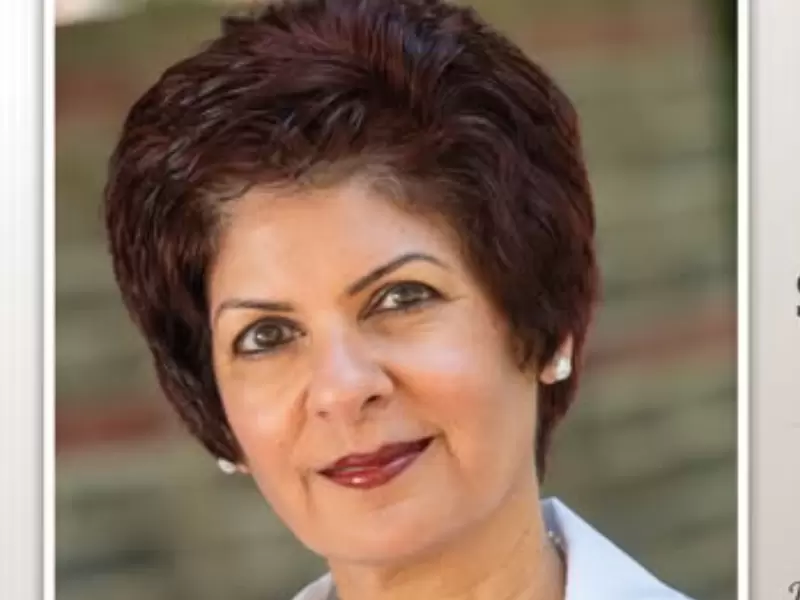
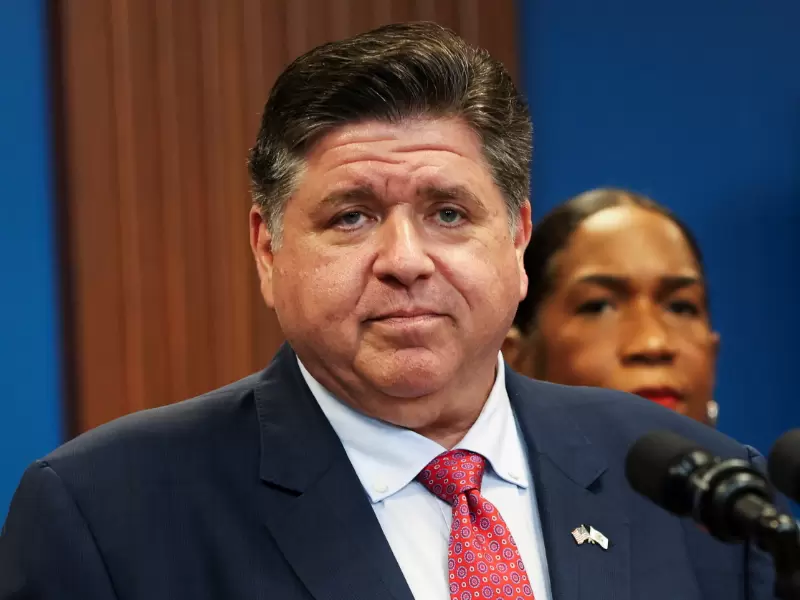
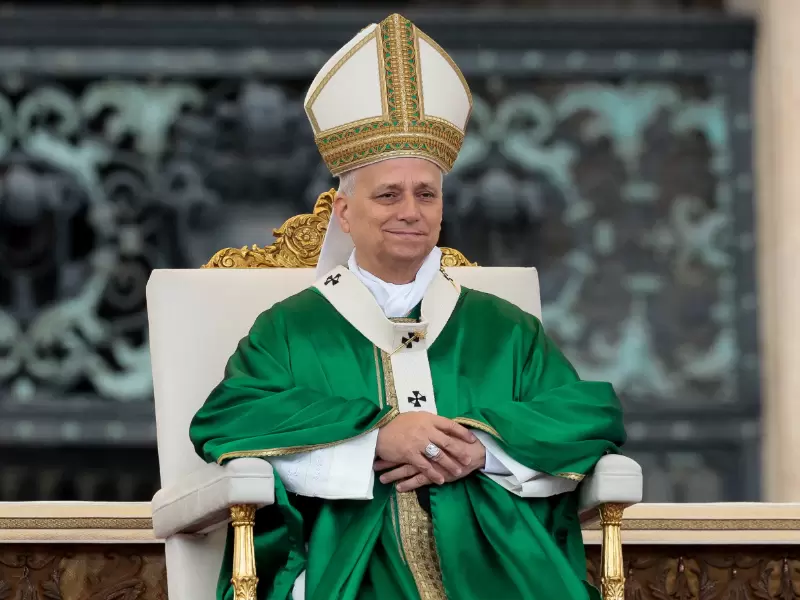
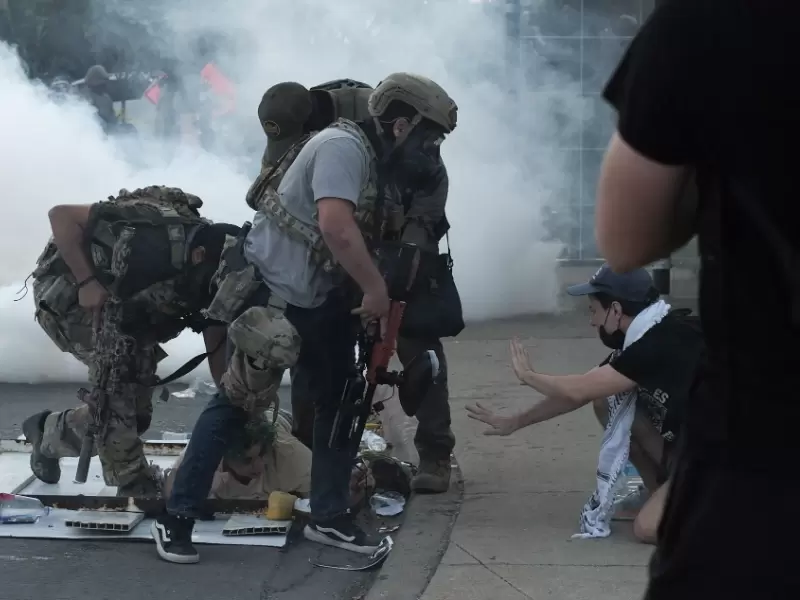
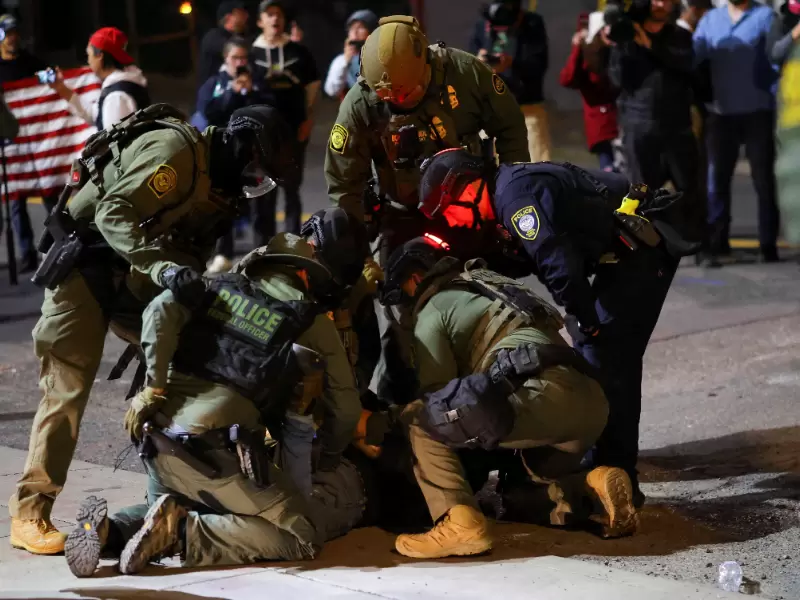
.jpg)
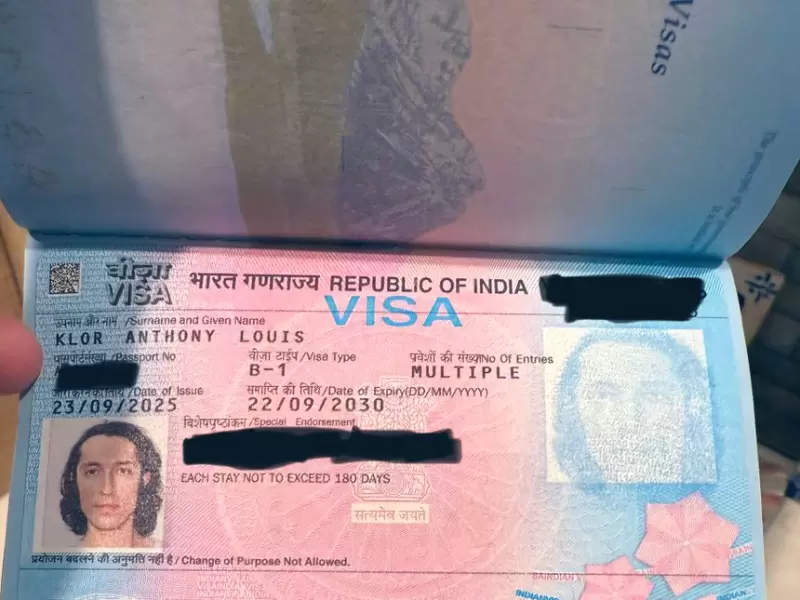
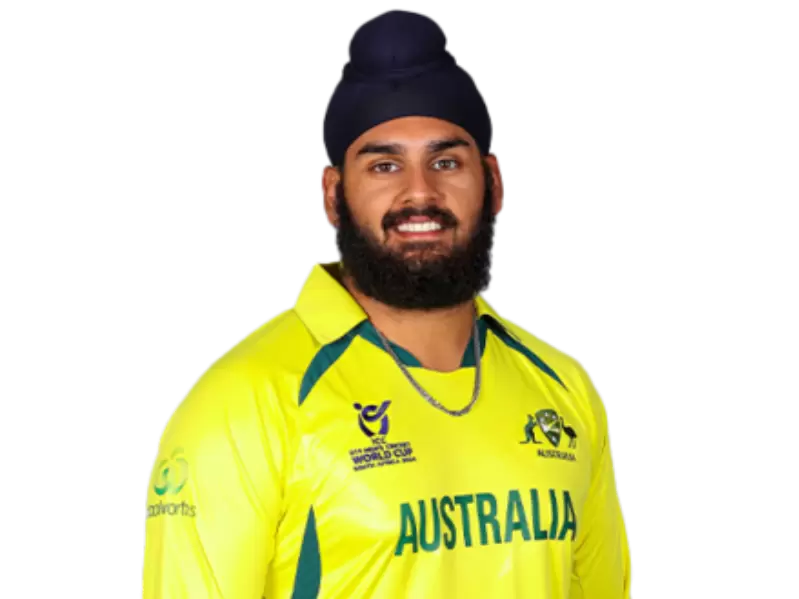
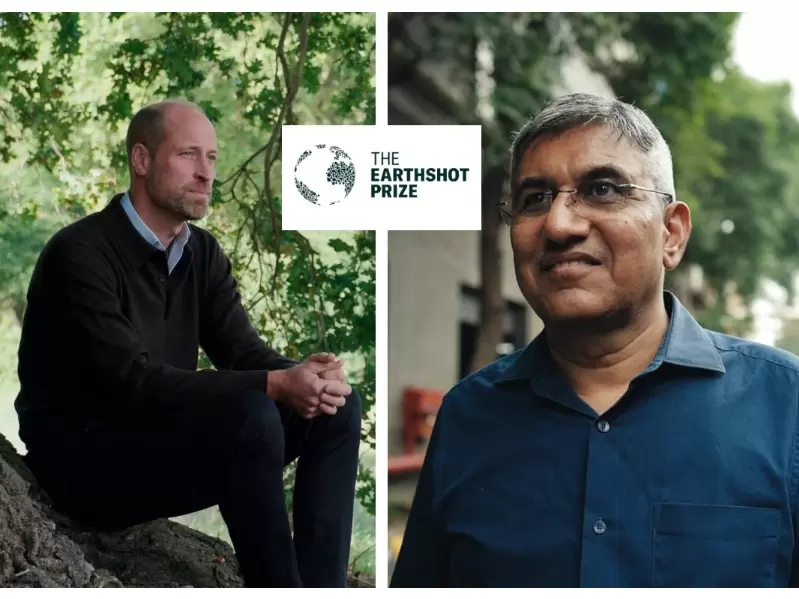





Comments
Start the conversation
Become a member of New India Abroad to start commenting.
Sign Up Now
Already have an account? Login